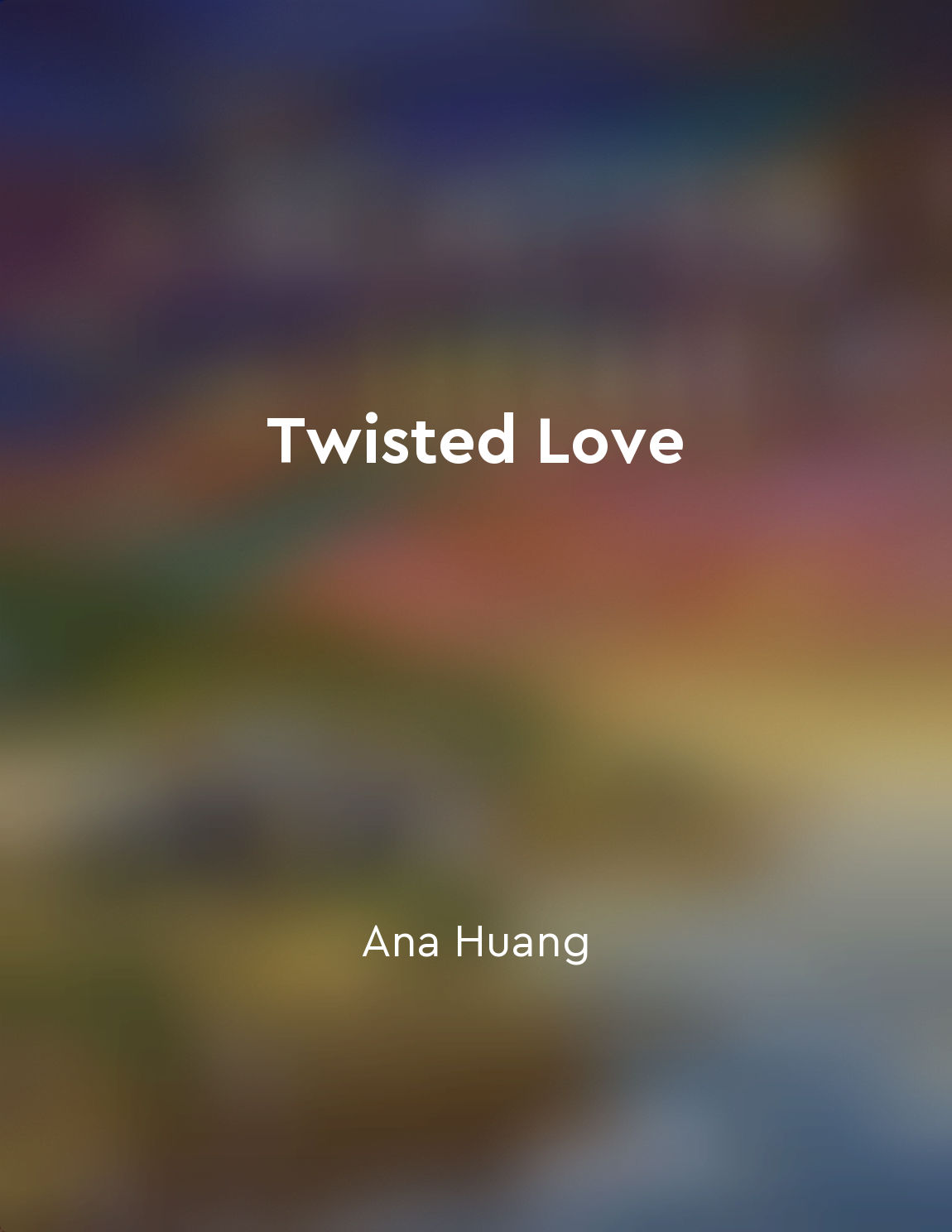Avoid explaining too much from "summary" of Self-Editing for Fiction Writers, Second Edition by Renni Browne,Dave King
When you're writing fiction, it's important to remember that readers don't need everything spelled out for them. In fact, explaining too much can actually detract from the reader's enjoyment of the story. Readers enjoy using their imaginations to fill in the gaps, to draw their own conclusions, and to put the pieces of the story together in their own minds. When you explain too much, you take away that pleasure from the reader. Avoiding explaining too much doesn't mean leaving your readers completely in the dark. It's about finding a balance between giving your readers enough information to understand what's going on and allowing them to use their imaginations to fill in the blanks. Trust your readers to be able to infer things from context, dialogue, and action. Trust them to be able to pick up on subtle cues and hints that you drop throughout the story. One way to avoid explaining too much is to show, not tell. Instead of telling your readers how a character is feeling, show them through the character's actions, thoughts, and dialogue. Let your readers come to their own conclusions about the character's emotions based on what they see and hear. This not only makes for more engaging writing, but it also allows your readers to connect more deeply with your characters. Another way to avoid explaining too much is to trust your readers to be able to figure things out on their own. You don't need to spell everything out for them or tie up every loose end. Leave some things open to interpretation, let your readers draw their own conclusions, and allow them to speculate about what might happen next. This can create a sense of mystery and intrigue that keeps your readers turning the pages.- Avoiding explaining too much is about respecting your readers and trusting in their intelligence and imagination. Give them the information they need to follow along with the story, but leave room for them to fill in the blanks and make their own connections. This will make for a more engaging and enjoyable reading experience for your audience.
Similar Posts

Regret and guilt weigh heavily on their hearts
The weight of regret and guilt bore down on their hearts like a heavy burden, a constant presence that refused to be ignored. I...

Suspicion grows among the community
As rumor spread through the small town, suspicion began to take hold in the hearts of the community. Whispers of a mysterious f...
Accepting the risks of speaking candidly about emotions
In the journey of expressing our deepest feelings and emotions, there lies a daunting challenge - the fear of vulnerability. It...

Avery must confront her own doubts and fears
Avery finds herself facing a daunting task that she never anticipated: coming face-to-face with her deepest uncertainties and a...

Happiness is within reach
Happiness, like love, is often portrayed as something distant and unattainable, a shimmering mirage on the horizon that seems t...
Beware of melodrama
Melodrama is the kind of writing that tries too hard to manipulate the reader's emotions. It's the kind of writing that tells t...

Personal growth through pain and pleasure
In the journey of self-discovery, pain and pleasure play a significant role. They are not just physical sensations, but powerfu...
The impact of grief on individuals and families
Grief is a heavy burden that weighs down on the hearts of individuals and families alike. It is a complex emotion that can mani...
Use transitions to guide the reader
In writing, transitions play a crucial role in guiding the reader from one idea to the next. They act as signposts that help th...
Identifying the author's purpose
When reading a text, it is important to pay attention to the author's purpose behind writing it. Understanding the author's pur...

